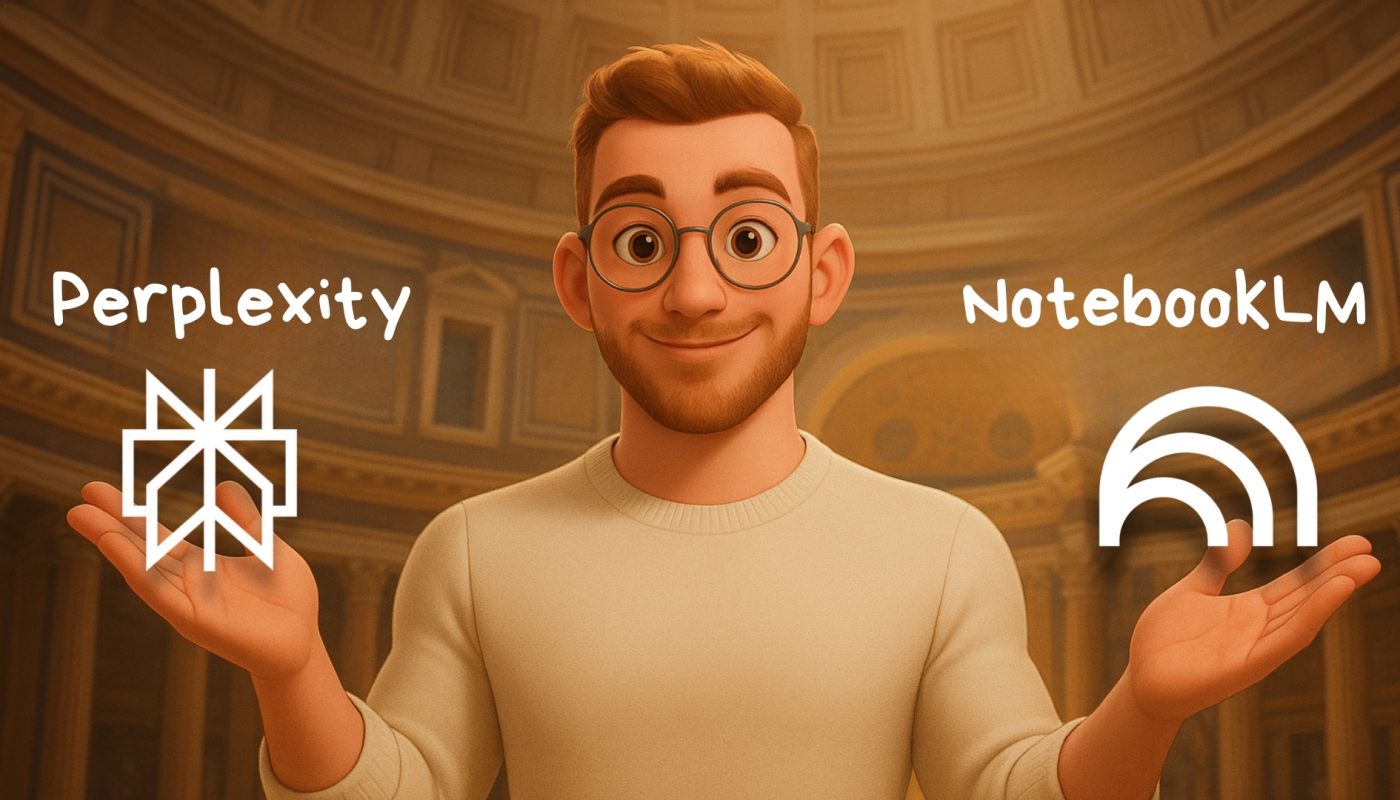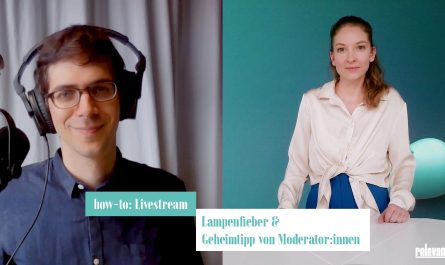The “RISEN Method” for Smarter Learning and Faster Research
In recent weeks, many of my fellow students and colleagues have been asking me how I do my research and how I prepare for exams using AI tools. As a Master’s student in Digital Business and Marketing at HSLU, I’m always looking for ways to understand complex subjects more efficiently and make my research process more effective. After numerous experiments, I’ve developed a workflow that helps me optimize my time while achieving better results.
Why the Right Information Is Crucial
When working with AI tools, this principle applies more than ever: garbage in, garbage out. The quality of information we feed into an LLM significantly determines the quality of outputs we receive. Many people use AI tools like ChatGPT or Claude with generic prompts and then wonder why they get inaccurate or superficial answers.
My approach combines two specialized tools that complement each other perfectly: Perplexity for research and NotebookLM for processing and learning. This workflow has helped me not only in my studies but also in professional projects and personal learning goals.
Perplexity: The Research Powerhouse
Perplexity has become an indispensable tool for my in-depth research. What makes it special is the combination of AI-powered information search and direct access to sources. But as with any tool, it’s all about how you use it.
The RISEN Principle for Better Prompts
The key to productive research lies in the quality of prompts. I apply the RISEN principle, which I explained in my previous blog post:
- Role: What role should the AI tool adopt?
- Instructions: Clear directions on what to research
- Steps: Steps necessary for thorough research
- End-Goal: The expected final result
- Narrowing: Focusing and narrowing the topic
A practical example: Instead of simply asking about “Influencer Marketing Trends,” I formulate my prompt like this:
As a market research expert in digital marketing, research the current developments in influencer marketing for B2B companies.
Proceed as follows:
1. Identify the 3-5 most important trends in 2025
2. Analyze how each trend specifically impacts B2B companies
3. Compare with traditional B2B marketing approaches
4. Consider differences between various industries (Tech, Finance, Manufacturing)
The end result should be a structured overview that helps me understand how B2B companies can strategically use influencer marketing.
Focus exclusively on B2B, not B2C, and on professional platforms like LinkedIn and specialized industry media.
Additionally, please include insights from the following specific sources:
- Harvard Business Review's latest articles on B2B marketing (hbr.org)
- Content Marketing Institute's B2B reports (contentmarketinginstitute.com)
- McKinsey's digital marketing publications from the past year
Also, please pay special attention to these specific topics:
- The role of AI in B2B influencer selection
- The impact of employee advocacy programs
- Measuring ROI of B2B influencer campaigns
This enhanced prompt not only applies the RISEN framework but also:
- Directs the AI to specific authoritative sources I want to be included
- Identifies particular subtopics I want thoroughly analyzed
- Ensures my research is comprehensive and targeted simultaneously
Pro Tip: Let Perplexity Improve Your Prompt
A trick I often use: I ask Perplexity to improve my initial prompt according to the RISEN principle. It might sound strange, but it works surprisingly well! I simply write:
Please improve this research prompt according to the RISEN principle (Role, Instructions, Steps, End-Goal, Narrowing):
[My original prompt]
Using DeepSearch and Focus Settings Correctly
A common mistake is overlooking Perplexity’s advanced features. I always make sure DeepSearch is activated to get deeper and more accurate results.
Depending on my research goal, I also adjust the focus:
- For academic work, I choose the “Academic” focus
- For current trends and market developments, I use “Web”
- For particularly comprehensive research, I combine both areas
From Research to Learning with NotebookLM
Research is just the first step. What especially helps me with complex topics or when I’m under time pressure is Google’s NotebookLM. This tool allows me to create personalized learning materials from my research results.
My Workflow in Practice
- I conduct my research in Perplexity and identify the most relevant sources
- I save the most important sources as PDFs or URLs
- I upload these materials to NotebookLM (including YouTube videos, whose transcripts are automatically extracted)
- I create a “Notebook” on my topic and formulate targeted questions
- NotebookLM generates comprehensive, source-based answers
- The best part: I can export these contents as audio summaries and listen to them on the go
This last point is particularly valuable. When I don’t have time to read long texts, I have NotebookLM create “podcasts” on my research topics. This way, I can learn while commuting or during other activities, without actively dedicating time to it.
Tips for Various Use Cases
For Students:
- Create Perplexity prompts that cover both fundamentals and current research
- Use NotebookLM to combine lecture materials and your own research
- Create audio summaries for exam preparation
For Professionals:
- Focus your prompts on practical applications and case examples
- Combine general research with industry-specific sources
- Use the audio function for efficient learning between meetings
For Researchers:
- Create detailed prompts with precise scientific requirements
- Combine different source types in NotebookLM for a holistic overview
- Use the generated overviews as a starting point for deeper analyses
Conclusion: Research Mastery as a Competitive Advantage
In an era where everyone has access to AI tools, the difference will no longer be whether you use them, but how you use them. The ability to formulate targeted prompts and filter the right information from the flood of data will become a decisive competitive advantage.
My workflow with Perplexity and NotebookLM has helped me learn more in less time because the answers are better tailored to my needs. It has also helped me grasp complex topics faster and understand them more deeply. The best part: The learning curve is steep, but the time saved is enormous.
I hope these insights help you optimize your research and learning processes as well. What does your workflow look like? Do you use other tools or techniques? I look forward to your comments and experiences!
This blog post is part of my series on the effective use of AI tools. You can find the previous post “Prompt Like a Pro: How to Ask AI the Right Questions” here.



